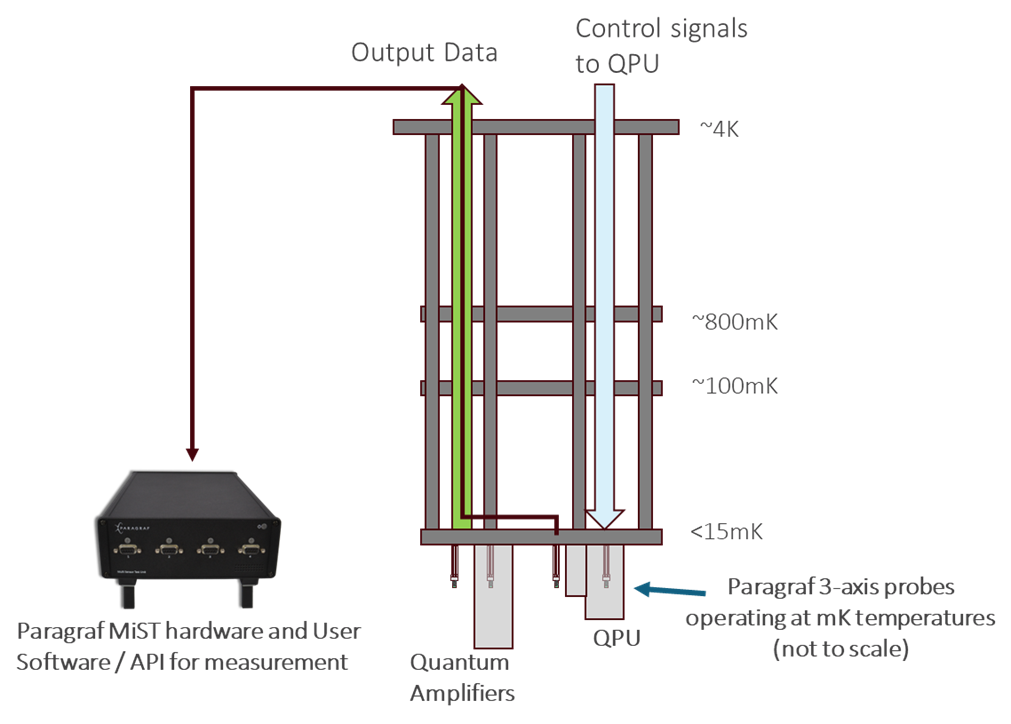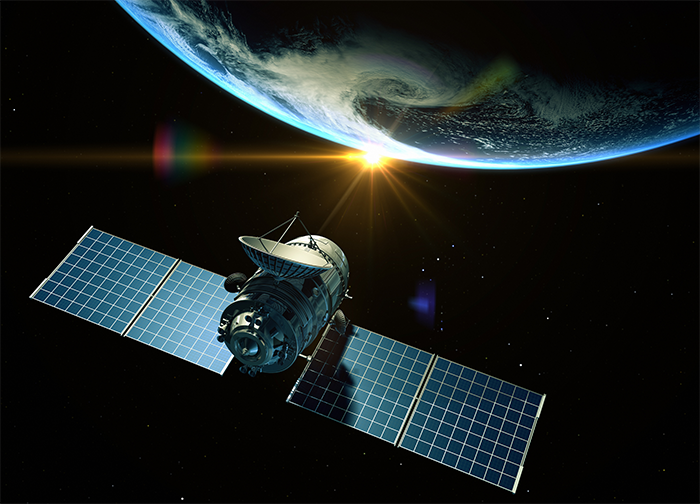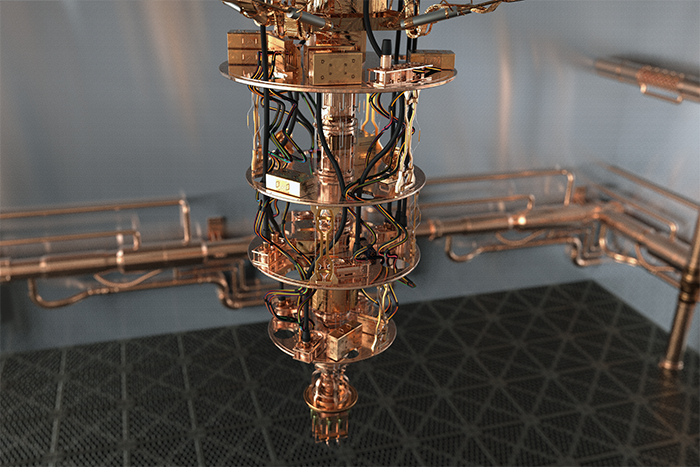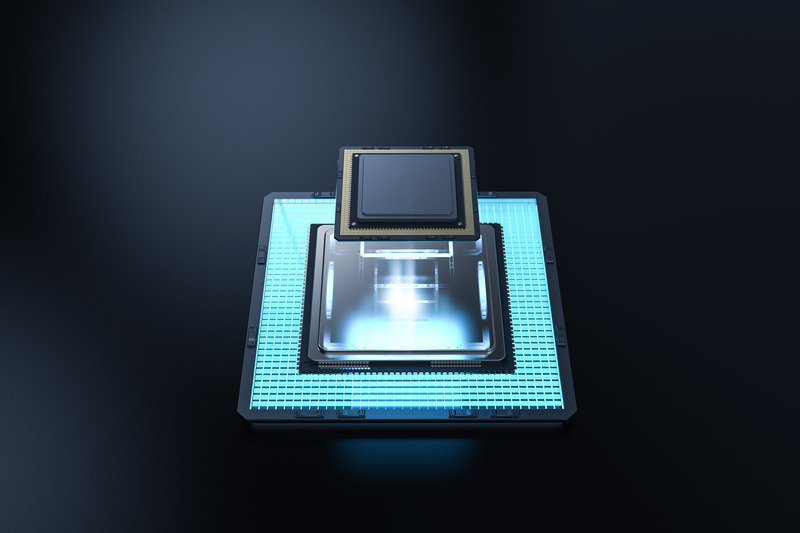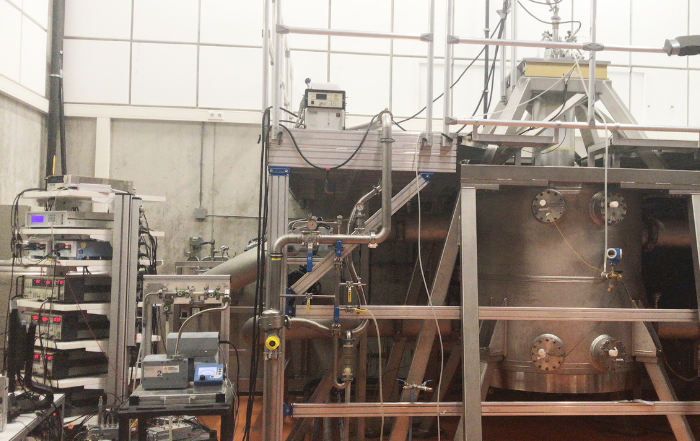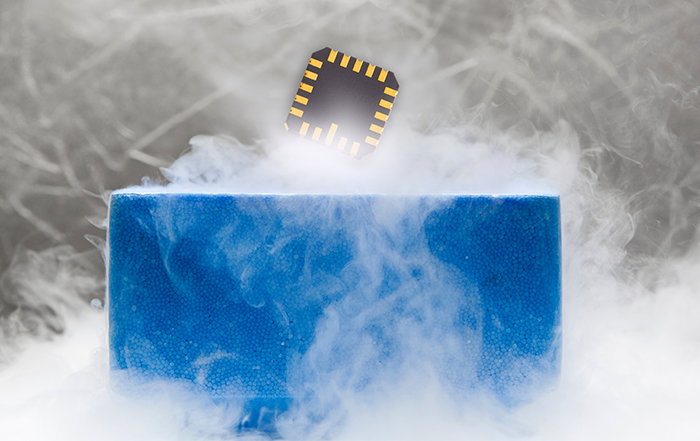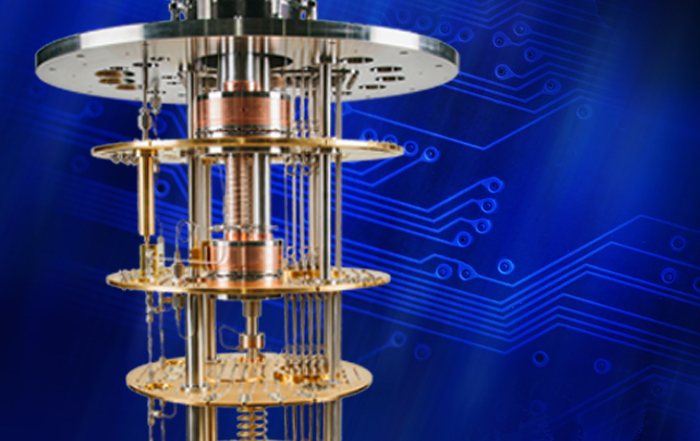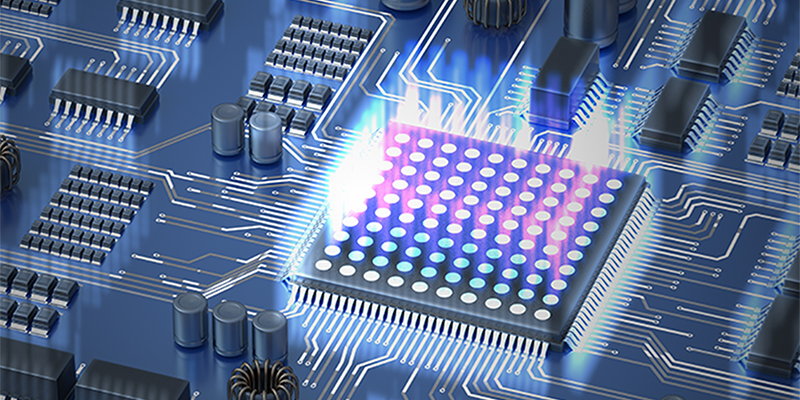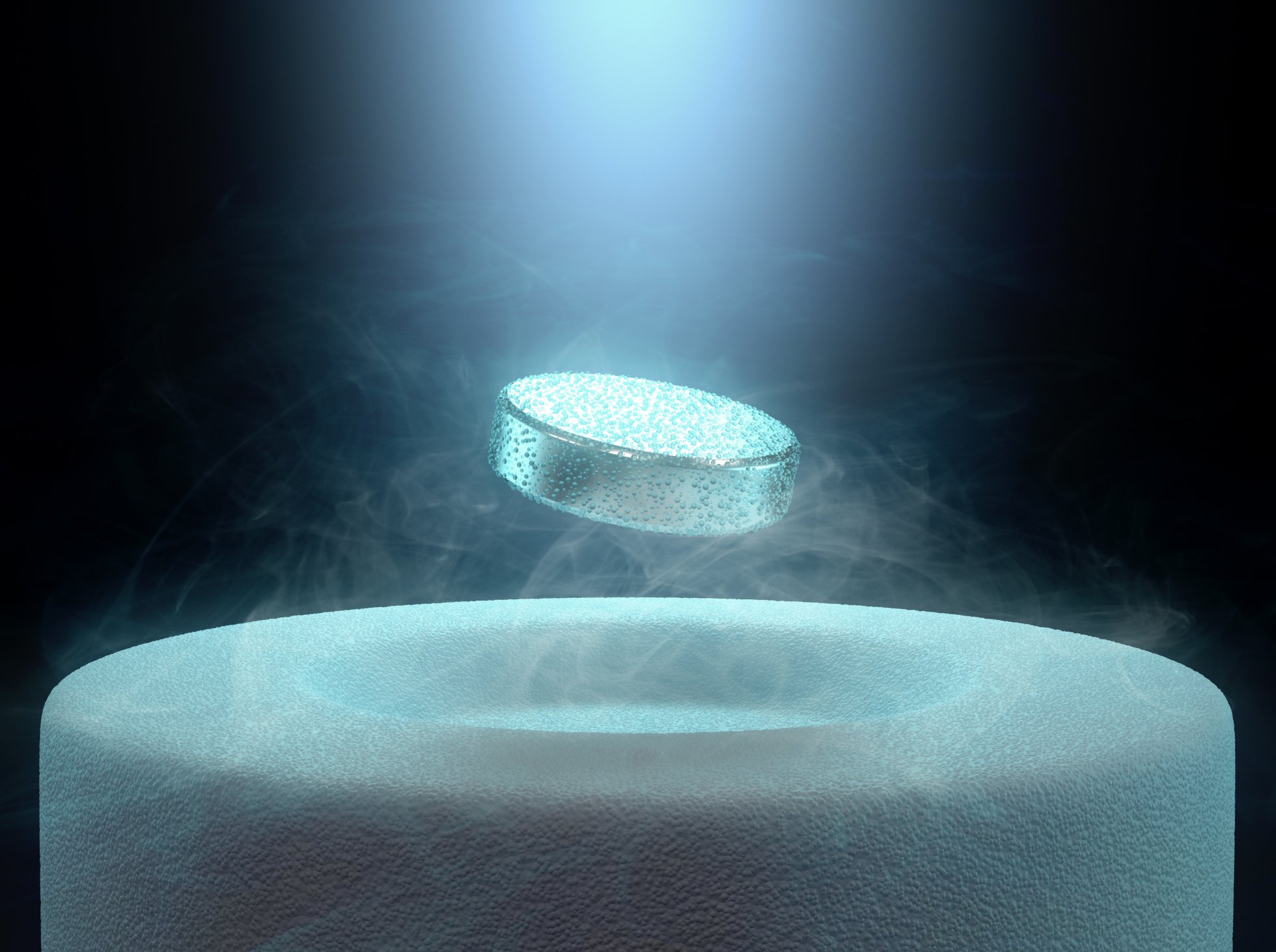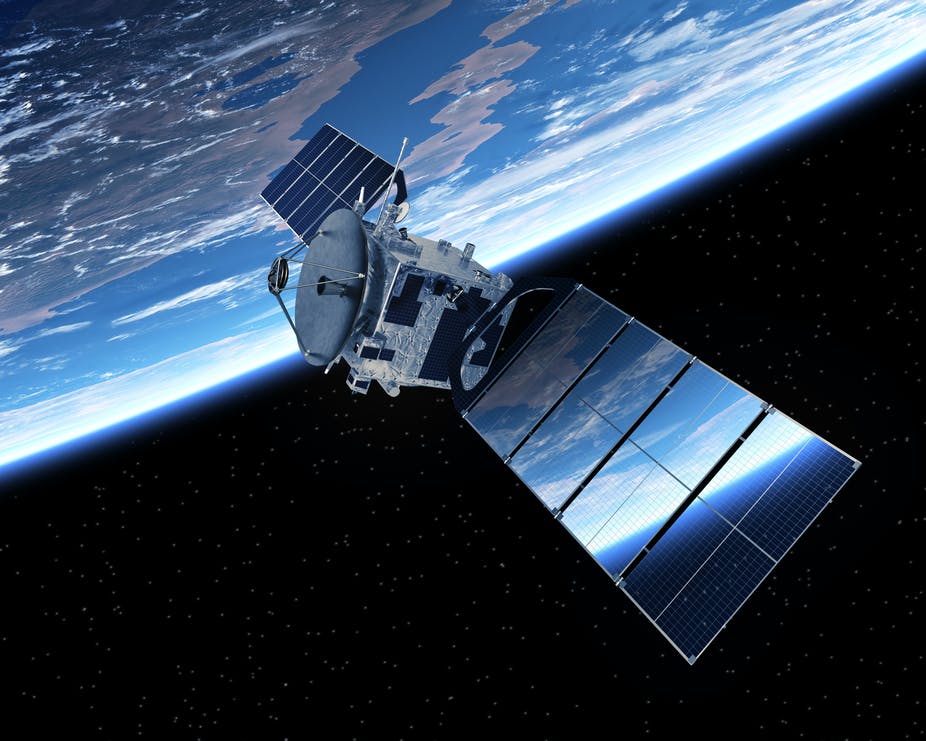Paragraf cryogenic sensors are helping the quantum computing industry by providing a solution to detecting magnetic fields causing decoherence in quantum processors.
Magnetic Field Sensors for Quantum Computers
Cryogenic sensors
Our cryogenic-rated graphene-based sensor is the first and only Hall effect sensor capable of measuring magnetic fields from room temperature all the way down to temperature extremes at the milliKelvin level.
This enables users, for the first time, to measure magnetic fields:
- In real time
- In X, Y and Z orientations
- With µW power dissipation
- Down to µT resolution
Opening the door to in-situ sensing of unwanted noise in the dilution fridge during operation and warmup / cooldown cycles.
Getting closer to error mitigation with Paragraf cryogenic sensors
Paragraf’s solution is able to provide real time, multi-axis measurements of magnetic fields down to µT resolution. Provided in a compact package, and with only microWatts of power dissipation, these sensors are ideal for use down to mK temperatures.
Learn how Paragraf’s cryogenic Hall sensors are uniquely suited to help solve issues with decoherence in quantum computing.

